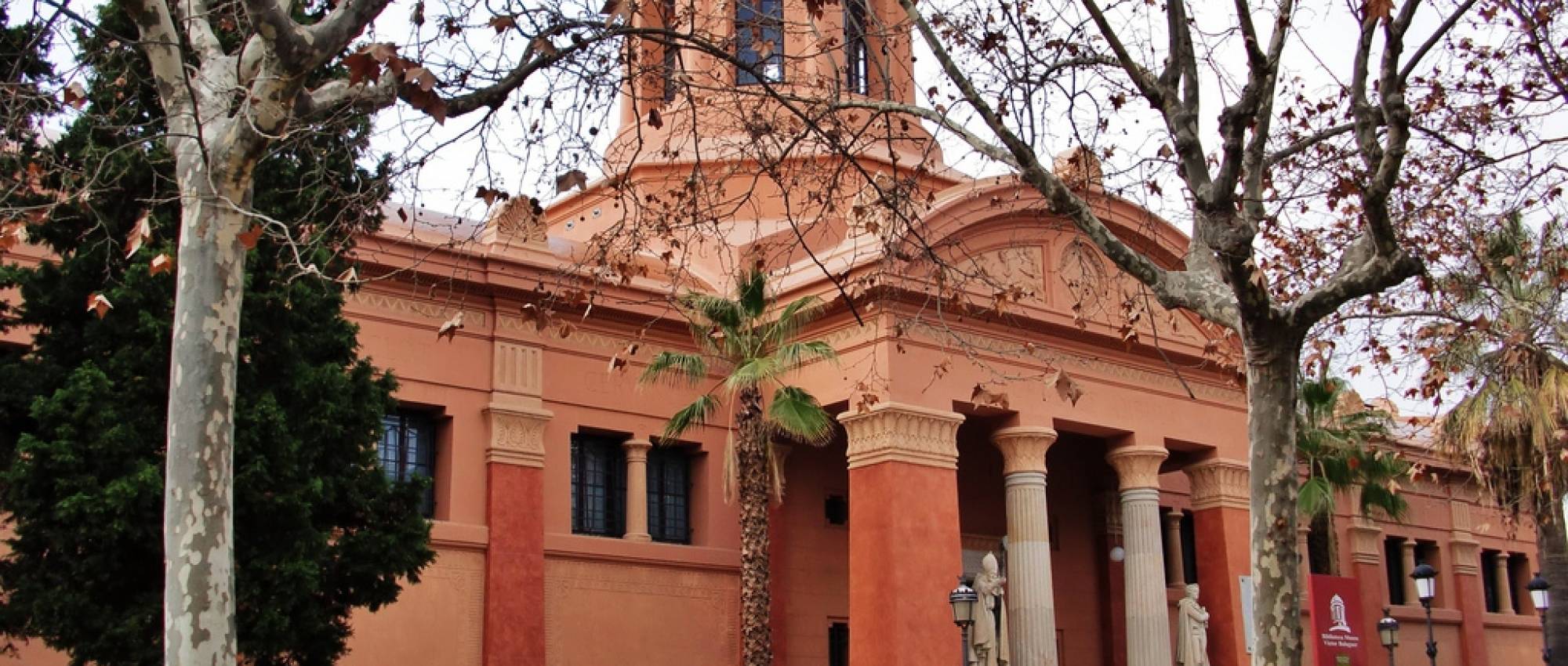Biblioteca Museu Víctor Balaguer Public temple of knowledge
 Biblioteca Museu Víctor Balaguer. Maria Rosa Ferre / Wikimedia Commons. CC BY-SA 2.0
Biblioteca Museu Víctor Balaguer. Maria Rosa Ferre / Wikimedia Commons. CC BY-SA 2.0
The politician and writer Victor Balaguer, as a man of the Catalan Renaixença, was convinced that culture was the basis for the people’s progress. For this reason, in 1884, he commissioned the first public building in the country intended to function both as a museum and a library, to be built at Vilanova i la Geltrú, and in which to make his art, book and ethnographic collections available to the public.
Currently, the Museum has a collection of more than 8,000 items that include an archaeological and ethnographic collection donated by some illustrious friends of Víctor Balaguer. The highlight being the mummy of a child from ancient Egypt, popularly known as Nesi.
As regards to the art exhibits, part of the original collection can be seen in the Pinacoteca (art gallery) room which recreates the atmosphere of the Fine Arts salons of the 19th century. Pictures by Marià Fortuny, Ramon Martí Alsina, Joaquim Vayreda and Joaquin Sorolla show the bourgeois tastes of the time. Complementing this room are the works by El Greco, Ribera, and Rubens, donated at the beginning by the Prado Museum.
The tour continues through Modernisme, Post-modernisme and Noucentisme with small-format works by Santiago Rusiñol, Ramon Casas, Anglada Camarasa, Francesc Domingo and Xavier Nogués. It also has the most comprehensive collection of informalist art in Catalonia that comes from the first Barcelona Museum of Contemporary Art.
As for the bibliographic collection, it is one of the richest of the 19th century in Catalonia, with more than 50,000 books and a total of 100,000 documents. Among these are the collected letters of Víctor Balaguer.
Plan your visit
What can I do?
The Biblioteca Museu Víctor Balaguer offers family tours, guided tours and also tours for visually impaired groups.
Services
AccessibilityEvent hire
More information
Heritage stories
The best kept secrets
The journalist Salvador Alsius tells us about the Biblioteca Museu Víctor Balaguer.